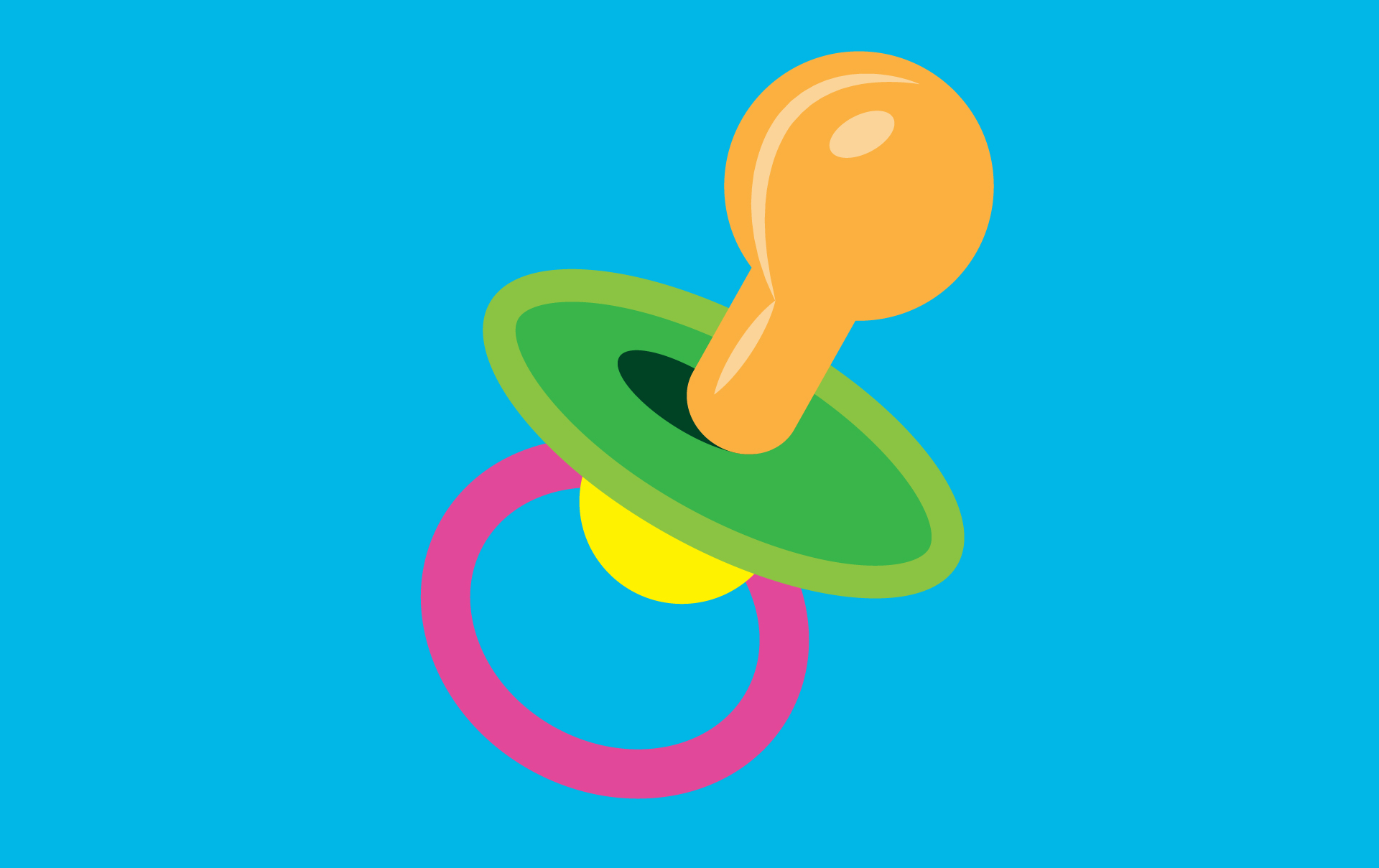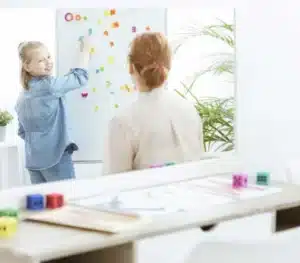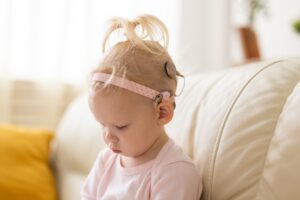By Madison Gwizdalski MS-CCC, SLP
Oh, the controversial pacifier! You might also know it as a binky, nookie, pon-pon, or dummy… (amongst others). Some parents swear by it and can’t imagine toddlerhood without this tool… others could never imagine giving one to their child! Is there any in-between?
As child development specialists, we know that sometimes parents just need their children calm and occupied, and pacifiers can do that! They can also help develop skills and contribute some health benefits. Let’s take a look at some of the pros to pacifier use in babyhood:
- Encourages self-soothing
- Satisfies baby’s sucking reflex
- Lower risks of SIDS
- Helps reduce symptoms of acid reflux and GERD
So, why would we advise against pacifier use? Here’s the catch – prolonged pacifier use can impact speech and feeding development.
Yes, extended pacifier use past 1 year of age may lead to issues with oral structures, swallowing patterns, speech development, and even chronic ear infections. Some examples of issues associated with extended use include:
- An open bite, which can lead to difficulties with feeding skill development and articulation
- Development of a reverse swallow pattern, otherwise known as tongue thrust
- Changes to oral structures that could impact feeding and swallowing, such as a high and narrow palate
How do we know when to wean? Well, habits are solidified over exposure, which means that duration and frequency are major factors we should be considering in our child’s binky use. Around 12 months, parents should consider beginning to wean from the pacifier and should be fully weaned no later than 3 years old. During that time, a good rule of thumb is to use pacifiers during “quiet time” or non-talking time – for example, while falling asleep.
If you’re looking to wean, but struggling with how to do so… here are some ideas:
- Find a replacement object! You can tell your child that you gave the pacifiers to a family with a new baby who needs them. You can explain that babies need pacifiers, but big girls/boys don’t, and she/he is big now. If you need to, you can then re-focus on all the great things big boys/girls can do that babies can’t do. For example – a new blanket, a new lovey, or a cool new straw to use in their cup.
- Cut the pacifiers up so that they are “broken” and your child may even help you throw them in the trash. You can also slowly trim the nipple over several days until there is none left.
- Just like the tooth fairy, there is “The Binky Fairy” who takes all the pacifiers for new babies and leaves a little toy or stuffed animal instead for the “big boy” or “big girl” who was so nice to do this.




